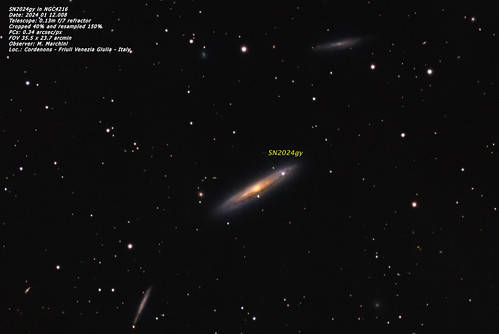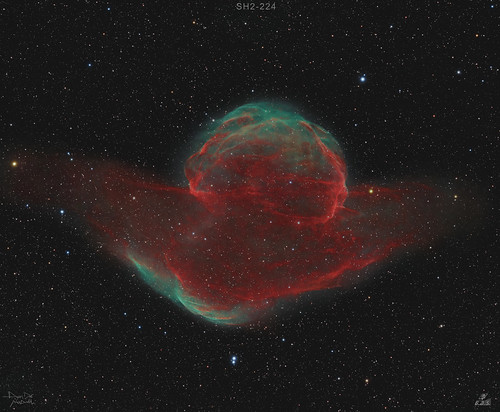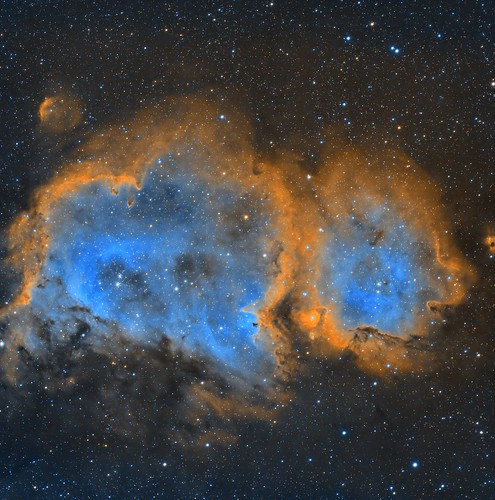URL of website, if any
Copyright: Looten Julien


On the night from Thursday to Friday (11/01/2024), accompanied by two friends, I embarked on a nocturnal adventure to Mont Saint-Michel, an iconic site of French heritage. What better way to start the year 2024?
This photograph is the result of many hours of research and reflection on the many parameters to be taken into account. It was essential to find an optimal orientation around the site and to check the weather, particularly capricious on the Normandy coast. In addition, particular attention was paid to the marshes, reputedly dangerous in this region. As the local saying goes, the tides can rise and fall at the speed of a galloping horse. Accidents happen every year. So these risks were of particular concern, especially when shooting at night. Fortunately, the presence and encouragement of friends, and a starry sky, were essential motivators in overcoming these difficulties.
Mont Saint-Michel is a rocky island located in the bay of Mont Saint-Michel, on the border between Normandy and Brittany, in northwestern France. The construction of Mont Saint-Michel began in the 8th century. According to legend, the archangel Saint Michael ordered the construction of a church on the island after appearing to the bishop of Avranches. The abbey was built over the centuries, with different parts added over time. The bay of Mont Saint-Michel has one of the largest tides in the world, and the island is often surrounded by water at high tide. Mont Saint-Michel is famous for its impressive architecture, its unique position in the bay, and its religious history. It has served as a pilgrimage site for centuries. Mont Saint-Michel and its bay have been classified as a UNESCO World Heritage Site since 1979.
Around 7 pm, we wandered through the cobbled streets of Mont, laden with centuries of history. Deprived of the crowd, we felt privileged to have this place all to ourselves, usually crowded with visitors. After the indoor tour, we explored the Mont by taking steep paths along the rocks, as the sea was still too high for us to venture further. Then, we patiently waited for the tide to recede, hoping that the lights of the Mont would go out to reveal a starry sky. Indeed, huge spotlights illuminated the sky and hindered our attempts at photography. Disappointed, we began to head back to the car.
Midway through the return, Flavien and I captured what we thought would be our last images of the Mont. Suddenly, around 12:30 am, the lights and spotlights went out, freeing us from any light pollution. We were overjoyed and realized that sometimes, it takes very little to be happy.
So, we turned around and went back to the beach. That's where I captured this image: a panoramic photo composed of 50 shots, totaling nearly 30 minutes of exposure, showing the Milky Way in its entirety, forming an arch.
The photo is oriented to the west. On the left (south), Sirius and the Orion constellation emanate, notable for its glowing nebulas. Above the Mont, you can see the Pleiades and the California Nebula. To the left of the Mont, almost attached to it, a very bright point; it is Jupiter. On the right, you can observe the galaxies of the Triangle and Andromeda. Further north (to the right), in the Milky Way, the constellation Cassiopeia with the Heart and Soul Nebula. Beyond the stars, multicolored clouds illuminate the horizon… This is airglow, a phenomenon resulting from complex chemical reactions in the upper atmosphere. It reminds me (though to a lesser extent) of the one captured about a year ago (give or take a few days) at Château de Losse in Dordogne.
Exift: Canon 6D Astrodon – Sigma 28mm f/1.4 (f/2) – Leofoto Tripod Settings: Individual 13s exposure – 1600 iso - Assembly of 50 tiles in Autopano (approximately 500 million pixels) and processing in Ps.
Thank's in advance
Instagram : https://www.instagram.com/j.looten/
Facebook : https://www.facebook.com/Julien.Looten.Photographie/
















